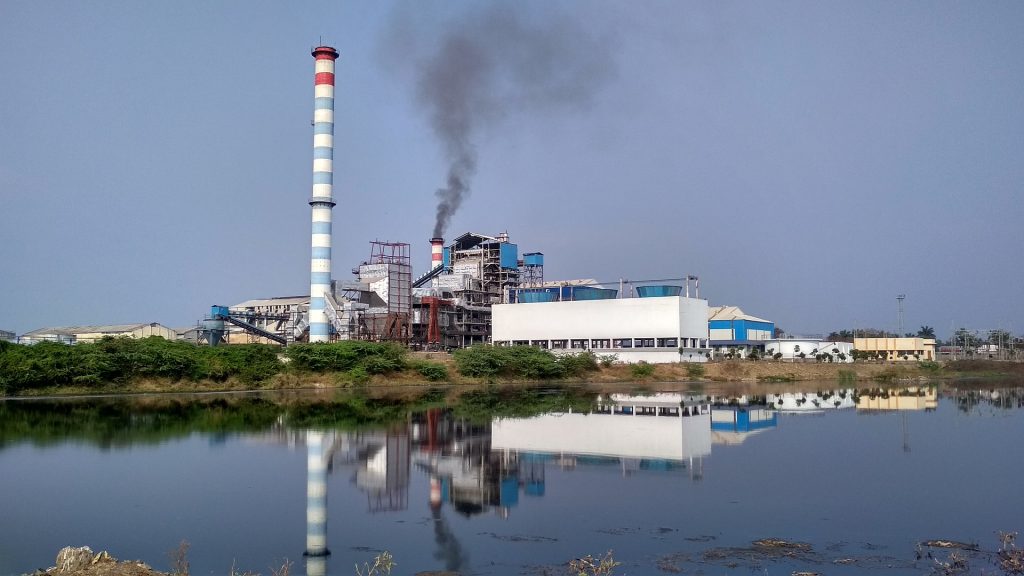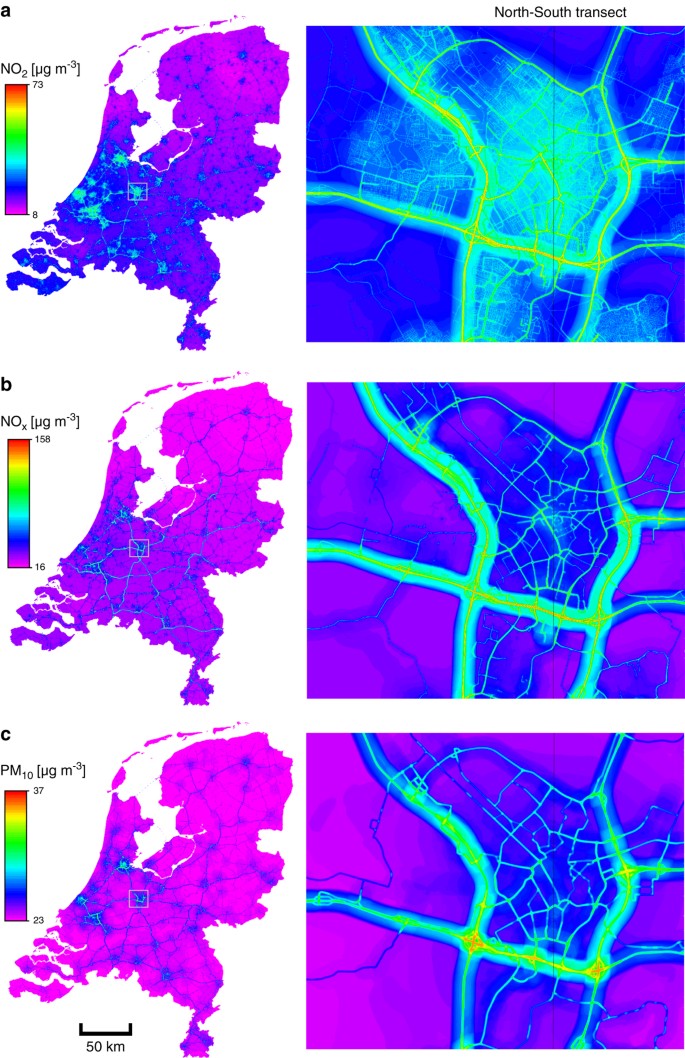
Outdoor Air Pollution
Prevention
Check before you go out. Outdoors, avoid high density zones of air pollution. You can look up PM2.5 readings in certain areas using websites like aqicn.org or airvisual. To protect yourself against outdoor air pollution, it is most important to filter the air you breathe. Especially people with weaker immune systems need to be wary of what type of air they’re breathing.
Around 55% of our global population lives in urban areas. This means that we are often surrounded by less green, more construction, and more accelerating vehicles. Most of the time pollution is generated by numerous sources in various areas. Industrial factories, construction zones, and polluting vehicles all generate poor air quality. Fire zones are more likely to have poor air.  The zone usually depends on dryness, but that qualifies where the fires may start. Once a fire has started, the pollution depends on the wind speed and direction. Look at 1 example of how coal plants spread their pollution.
The zone usually depends on dryness, but that qualifies where the fires may start. Once a fire has started, the pollution depends on the wind speed and direction. Look at 1 example of how coal plants spread their pollution.
A shape drawn around the exact location of burning can be drawn to inform people if the particles they breathe in that zone are unusually high.
A fire zone’s danger for our lungs is dependent on what is burning, and how the burning affects the surrounding area.
Dense areas (which cause traffic jams and idling)
can also be terrible areas for air pollution.
-
- Intersections
- Cross roads

The panels show concentrations for NO2 (a), NOx (b) and PM10 (c). - Near large roads
If you live near any of the above you might have noticed that opening your windows doesn’t get you much fresh air. Instead you see your levels rising because of the idling or accelerating vehicles. Having a purifier, keeping it on, and keeping windows closed during rush hours will be your best
- Construction zones
- Industrial zones where factories and other pollution generators are located
Different types of materials burning can be worse for you:
- Plastic
- Wood or Flora and Fauna, also can be a source of heat
- Waste (a mix of everything we throw away)
- Chemicals like Plastic and Rubber
- PETE or PET
- HDPE
- BOA
- Phthalates
- Persistent organic pollutants
- Oil
- Toxic metals
- MISC (polycarbonate, polylactide, acrylic, acrylonitrile butadiene, styrene, fiberglass, and nylon)
Types of Pollution
- Gasses
- Carbon Dioxide
- Combustion
- Vapor
Color of Pollutants
White smoke = wet, moisture
Gray smoke = wood or light plastics
Brown smoke = wood
Black smoke = heavy fuels (petroleum based: plastics, rubber, chemicals)
Blue smoke = oil from old vehicles
Wind Movement
Horizontal or Vertical movement of wind carrying pollution.
- Atmospheric pressure. As heat is created on the earth’s surface during the day, the air expands and rises.
- Transport winds moves smoke quickly away from the source. Dispersion levels can differ depending on wind
- Low dispersion usually occurs at night when wind is stagnant. This is because the mixing height of air as hot air rises reduces in temperature.
- Measures to prevent burning during hours that have direct effects on large numbers of people can cause drastic pollution levels.
- We predict wind direction and the height of the atmosphere using weather balloons which report back temperature, pressure and GPS coordinates
- Places have high concentrations of particles when they are near traffic lights: where vehicles accelerate the most: traffic lights or busy and dense intersection.
Wearing a Mask

In many polluted places, it is suggested to wear a high quality pollution mask. Masks can be uncomfortable to wear at first, but the benefits of filtering the air you breathe far outweigh the negative effects of PM2.5 particles and gasses entering your lungs. If you’ve ever been on a motorcycle in heavy traffic, you already know what kind of exhaust and dust you can inhale. If you’re used to being in a closed vehicle like a car, a small car purifier might be the option for you. We suggest getting a mask with high quality filters and the ability to reuse the mask instead of disposing the whole mask. This is to reduce waste. Most of our masks have replaceable filters that can be removed and replaced when the filtration material has filled up.
Studies show that Indoor air pollution causes more deaths than outdoor air pollution. We spend most of our time indoors, and many people (especially in developing countries) still cook using open flame coal. However, being careful with the air we breathe and filtering the air that enters our lungs is the main way to prevent air pollution from causing respiratory problems.
Conclusion
Of course, prevention is the key to pollution. Education is the most important thing of all. In many places people simply don’t know the science that explains harming our bodies and atmosphere. The fact that we have come so far, burning almost everything to dispose of it worldwide, is alarming. We need to remember that with every action we take we can either improve our environment or drastically change it for the worse. If you would like to learn how to teach people how to reduce their environment applicable in different cultures, please take a look at this article on what poor people cannot afford to realize.
